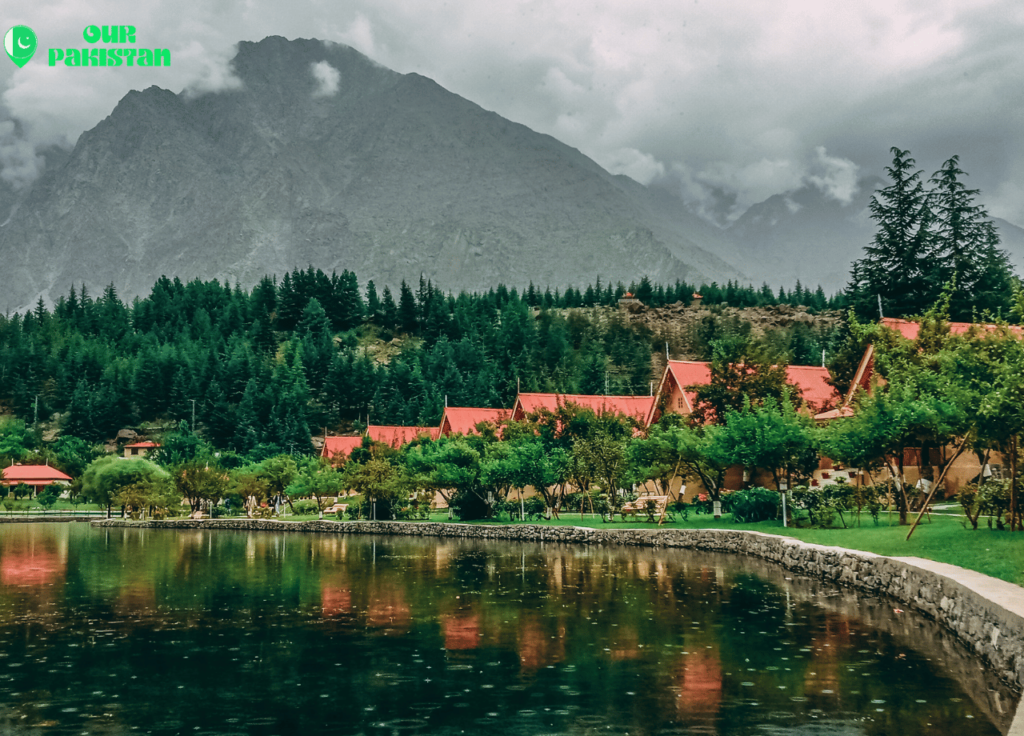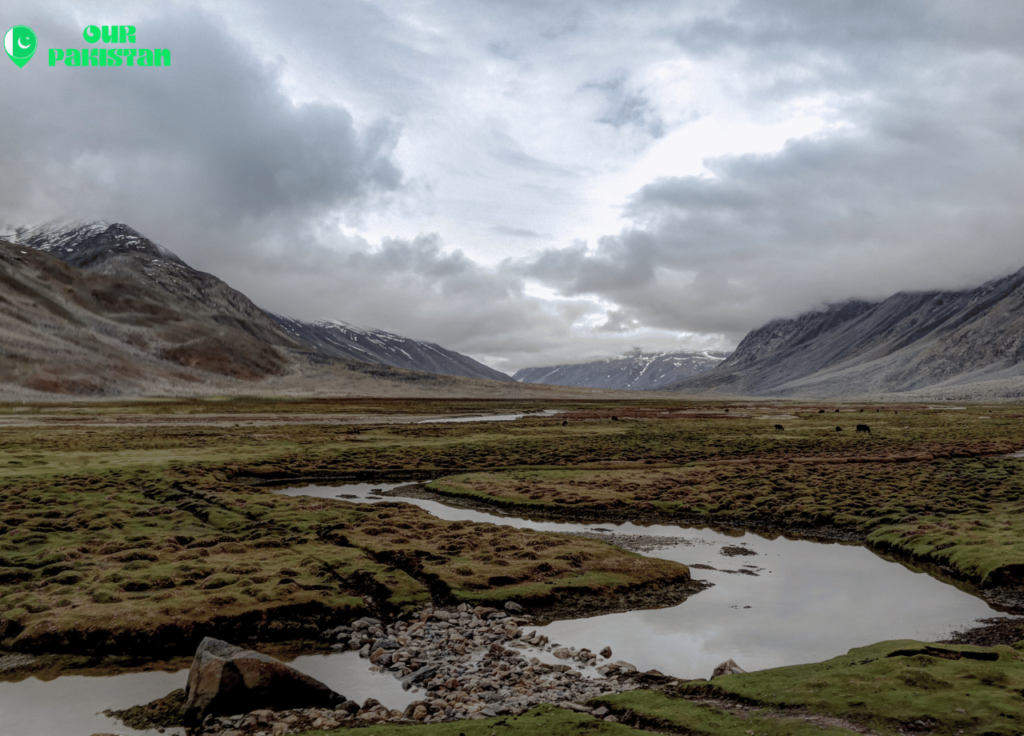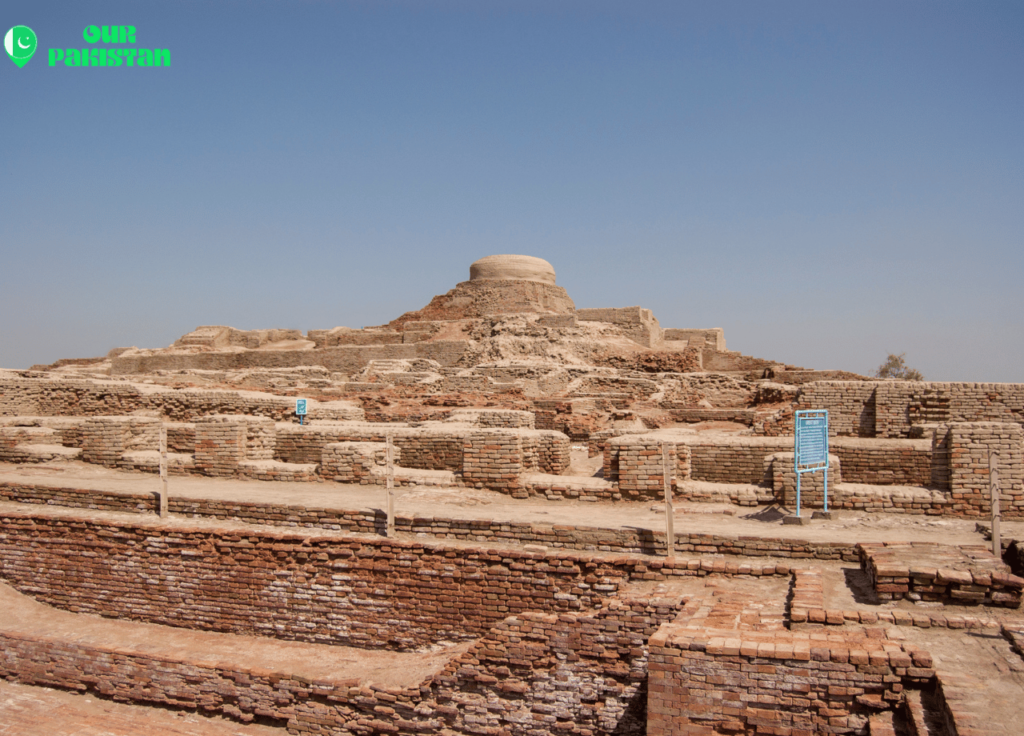In the intricate dance between economic development and cultural exchange, the role of tourism, especially in countries like Pakistan, emerges as a pivotal force with the power to shape economies. As Pakistan navigates its journey towards economic resilience, the interrelationship between Pakistan’s GDP and tourism reveals a symbiotic relationship that underscores the importance of tourism not only as a cultural bridge but also as a significant economic driver. With Pakistan’s GDP in 2023 showing signs of both challenge and opportunity, the tourism sector’s contribution becomes increasingly significant. Amplifying the economic benefits of tourism within Pakistan’s economy offers a promising avenue to enhance the country’s GDP, particularly noting the tourism sector’s potential to create jobs, generate income, and promote sustainable economic growth.
The unfolding narrative of tourism in Pakistan encompasses a rich historical context, diverse tourist attractions in North Pakistan, and the sector’s economic contributions, coupled with an exploration of the challenges it faces. This article will delve into these aspects, highlighting the financial impacts of tourism on Pakistan’s GDP, including the projected figures for Pakistan’s GDP in 2024, and the importance of tourism in bolstering the nation’s economic standing. By examining case studies of key tourist attractions in Pakistan, the discussion extends beyond mere statistics to capture the broader economic benefits of tourism, offering insights into how strategic focus on this sector could position Pakistan more favorably among countries by tourism.
Table of contents
Historical Context of Tourism in Pakistan
Tourism in Pakistan has a rich and varied history, significantly influenced by the nation’s diverse landscapes and cultural heritage. From the majestic Karakoram and Himalayan ranges in the north to the sun-drenched beaches of the Arabian Sea in the south, the country has long been a destination for explorers and adventurers.
Development of the Tourism Sector
The tourism sector in Pakistan began to gain prominence in the 1960s with the country becoming a crucial part of the “hippie trail” which was a popular overland route for travelers moving between Europe and South Asia. However, the landscape of tourism drastically changed in the 1970s when the government shifted from a liberal to an Islamized regime under the dictatorship of Muhammad Zia-ul-Haq. This period saw a decline in Western tourism due to increased influence from the Taliban and al-Qaeda, especially post the September 11 attacks, which made Westerners a target for terror organizations. The domestic tourism industry also suffered due to terrorism and military operations against militants, which claimed over 65,000 lives between 2001 and 2018.

Despite these challenges, significant efforts were made to rejuvenate the sector. Between 2013 and 2017, military operations against militants helped to eradicate terrorism and militancy, particularly in the northern areas, thus paving the way for the revival of tourism. The government also introduced reforms to ease visa policies, which played a pivotal role in attracting foreign tourists.
Key Milestones and Growth
The establishment of the Pakistan Tourism Development Corporation (PTDC) in 1970 marked a significant milestone in the development of the tourism sector. PTDC was tasked with developing and managing tourist facilities and infrastructures across the country, which facilitated an increase in both domestic and international tourism. During the 1980s and 1990s, Pakistan experienced a surge in international tourism, thanks to its stunning mountain landscapes, ancient archaeological sites, and vibrant cultural heritage.
More recently, the former Prime Minister Imran Khan highlighted tourism as a key area for economic growth and job creation. In his first address to the nation, Khan expressed his plans to enhance the tourism sector to boost the economy. The subsequent improvement in law and order has led to a boom in tourism, with Pakistan being recognized globally for its hospitality.
The ongoing China-Pakistan Economic Corridor (CPEC) project is set to further enhance the tourism sector by improving road and transportation infrastructure, particularly in the northern areas and Gilgit-Baltistan, making them accessible tourism hubs. This development is expected to significantly increase the flow of tourists to the region, showcasing the natural beauty and cultural richness of Pakistan.
Economic Contributions of Tourism
GDP and Revenue Generation
The tourism sector in Pakistan has significantly impacted the nation’s economy, contributing approximately $19.5 billion to the gross domestic product (GDP) in 2021, which accounts for about 4% of the total GDP. This substantial contribution comes from various sources within the industry, including travel and tourism services, accommodations, and sales of food, beverages, and souvenirs. Further analysis indicates a positive and significant impact of tourism on Pakistan’s economic growth, with a 5% variation in GDP attributed to annual tourism growth. Projections suggest that visitor spending, which reached approximately $16 billion in 2022, could escalate to around $30 billion by 2033, underscoring the growing economic significance of the sector.
Job Creation and Employment
Tourism has been a major employment generator in Pakistan, directly employing over 1 million people in roles such as hotel staff, restaurant workers, tour guides, and transportation providers. Indirectly, the industry supports additional jobs in retail, construction, and manufacturing, significantly influencing local economies. The sector not only enhances employment opportunities but also contributes to the socio-economic conditions of the local population, helping to elevate their standard of living and reduce poverty. Current estimates suggest that tourism has created more than 300,000 jobs, and with government plans aimed at expanding this figure to 500,000, the potential for job creation remains robust.
Challenges Facing the Tourism Industry
Security Concerns
Pakistan’s tourism industry faces significant challenges due to security issues, which are exacerbated by internal discord and protests that frequently coincide with the tourist season. These protests, often fueled by unemployment and economic grievances, create a sense of instability and discourage tourists, particularly affecting regions like Balochistan and Gilgit Baltistan. The ongoing perception of danger, despite government efforts to improve security, continues to deter potential visitors and undermines the sector’s growth.
Infrastructure Deficiencies
The lack of robust infrastructure is a major barrier to the development of tourism in Pakistan. Critical areas such as transportation facilities, quality hotels, and modern tourist amenities are insufficient, particularly in the picturesque but less developed northern regions. This deficiency hampers the ability to attract and accommodate tourists, leaving significant tourist potential untapped. The financial constraints and corruption affecting road and connectivity infrastructure further limit access to many potential tourist destinations.
Government Policies
The absence of a unified national tourism policy and the decentralization of tourism management to the provinces without a cohesive framework pose additional challenges. There is a noticeable lack of commitment at various governmental levels to promote and enhance tourism. The sector’s growth is hindered by inadequate policy support and the failure to stimulate private-sector investment, which is crucial for expanding infrastructure and facilities within the industry.
Case Studies of Tourist Destinations
Northern Areas: Gilgit-Baltistan
The northern areas of Pakistan, particularly Gilgit-Baltistan, are pivotal to the nation’s tourism sector, significantly contributing to the local economy by providing income and employment opportunities. This region is renowned for its breathtaking landscapes, encompassing the highest mountain ranges such as the Himalayas, Karakoram, and Hindukush, and featuring the world’s second-highest peak, K2, along with extensive glaciers. The development of the China-Pakistan Economic Corridor (CPEC) has further enhanced its appeal as a tourism hub, improving infrastructure and accessibility, which has led to an increase in tourist flow.

However, the surge in tourism also presents challenges, including environmental degradation and cultural disruptions. Issues such as deforestation, habitat destruction, and pollution from tourism-related activities have raised significant environmental concerns. Additionally, the influx of tourists sometimes leads to overcrowding and can disrupt local customs and social structures, impacting gender-neutral traditions and increasing instances of harassment.
Historical Sites: Mohenjo-Daro, Taxila
Pakistan’s rich historical tapestry is showcased through its ancient sites like Mohenjo-Daro and Taxila. These sites are not only archaeological treasures but also serve as critical elements of the country’s cultural heritage tourism. Taxila, for instance, is a significant World Heritage site that has faced challenges related to its preservation and management. Effective management strategies are essential to mitigate damage caused by tourism and to preserve these sites for future generations.

Taxila’s management issues stem from inadequate implementation of policies and the need for sustainable tourism practices that minimize harm to the heritage sites. The Department of Archaeology and Museums, responsible for the conservation and management of these sites, relies on various funding sources, including entrance fees, to maintain and protect these historical treasures. Despite these efforts, there remain ongoing challenges in managing the influx of tourists and the associated wear and tear on these ancient sites.
Both Gilgit-Baltistan and Mohenjo-Daro are crucial for understanding the dual nature of tourism’s impact in Pakistan—its potential for economic benefit and its challenges, including environmental and cultural preservation. Sustainable practices and effective management are essential to ensure that tourism continues to be a source of prosperity without compromising the natural and cultural heritage of the region.
Conclusion
Throughout this discussion, we have seen how the symbiotic relationship between Pakistan’s GDP and its burgeoning tourism sector presents both significant challenges and opportunities. From the historical evolution of the tourism industry and its contribution to economic growth, through to the strategic importance of destinations like Gilimpur-Baltistan and heritage sites such as Mohenjo-Daro and Taxila, the potential for tourism to act as a lever for economic enhancement is clear. These insights emphasize the critical role of tourism not only in contributing to Pakistan’s GDP but also in underpinning sustainable economic development, job creation, and cultural exchange.
However, for tourism to achieve its full potential, addressing the outlined challenges, including security concerns, infrastructure deficits, and the need for cohesive government policies, remains imperative. By fostering a supportive environment for tourism that encompasses robust infrastructure, effective policy frameworks, and sustainable practices, Pakistan can harness the intrinsic value of its unique cultural and natural resources. Promoting responsible tourism and ensuring the preservation of its rich heritage will thereby not only bolster economic growth but also elevate Pakistan’s stature on the global tourism stage, catalyzing a positive impact for future generations.
FAQs
Tourism significantly impacts Pakistan’s GDP by generating revenue through accommodations, food services, travel, and entertainment. A study by the World Travel and Tourism Council in 2019 indicated that tourism contributed 2.9% to Pakistan’s GDP.
In 2021, the tourism sector in Pakistan produced approximately $19.5 billion in revenue, accounting for about 4% of the national GDP. This income comes from various sources including travel services, accommodations, food and beverage services, and souvenir sales.
To boost its tourism sector, Pakistan needs to focus on several areas such as improving branding, marketing, and promotion, developing infrastructure, and fostering private sector investments. These efforts should be coordinated among different stakeholders to attract more international visitors and define the future of mobility and hospitality in the country.
Tourism in Pakistan offers numerous benefits, including economic and environmental aspects. It provides employment opportunities, generates revenue for infrastructure and educational developments, and promotes cultural exchanges. However, it also presents challenges such as overburdening local resources and infrastructure.